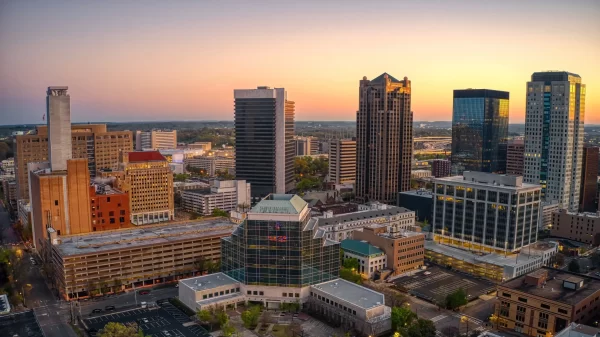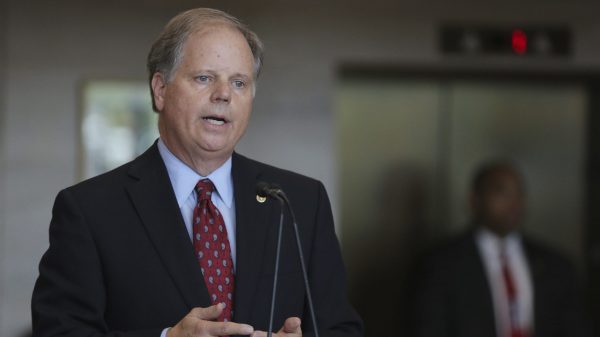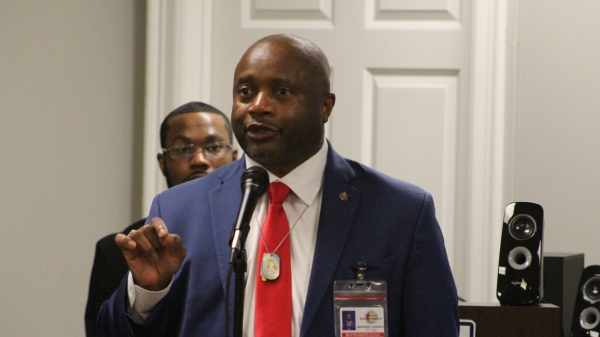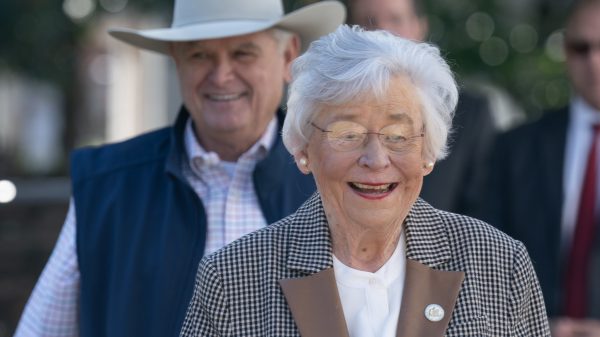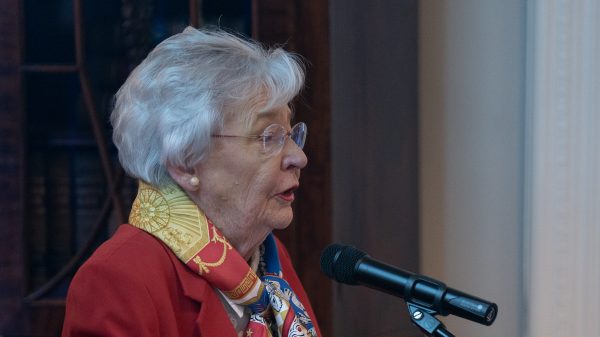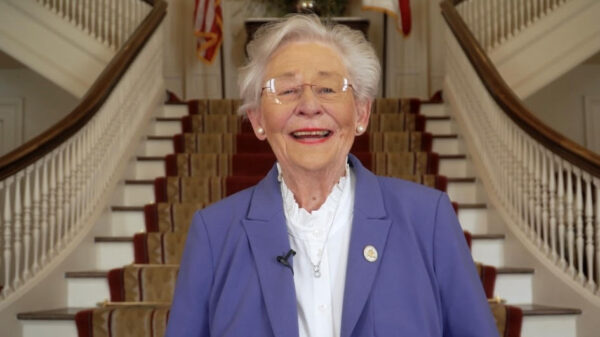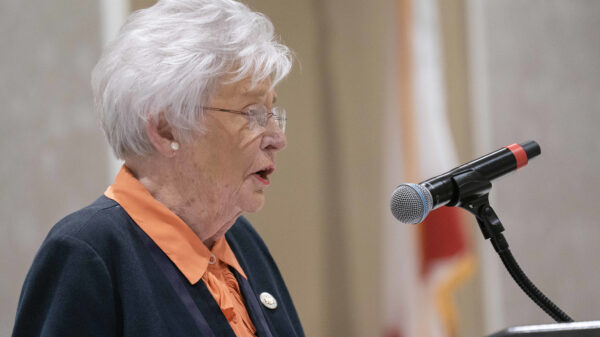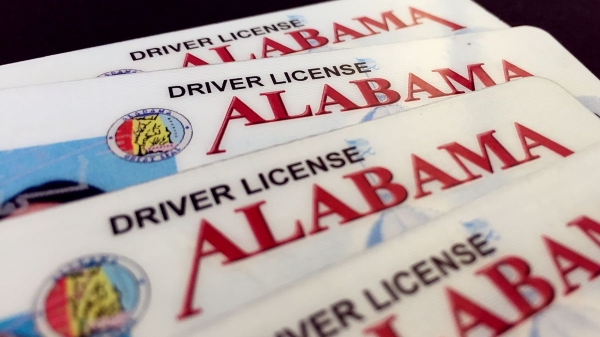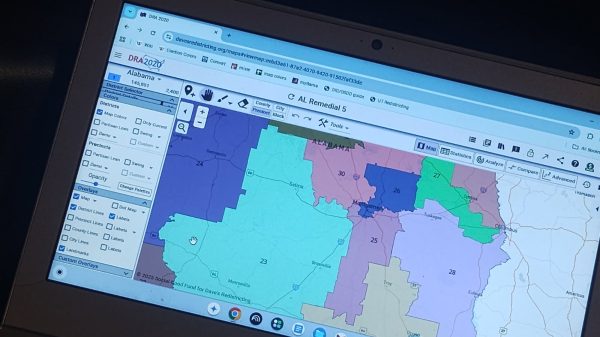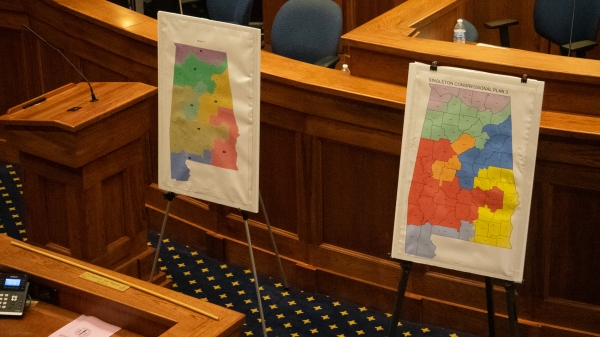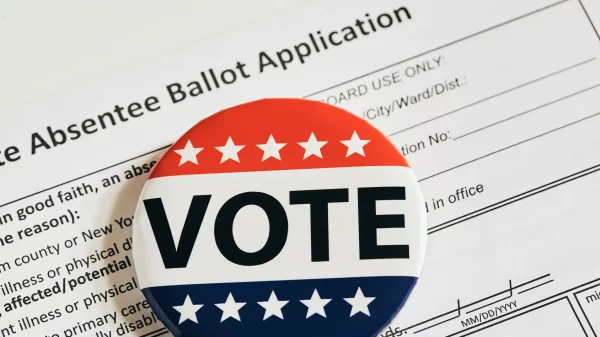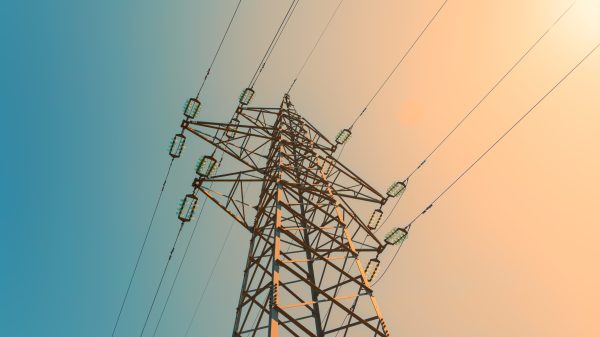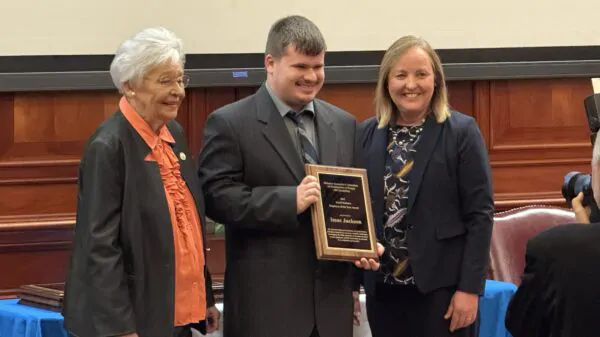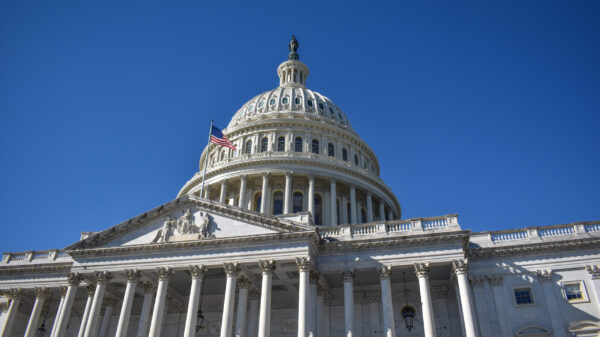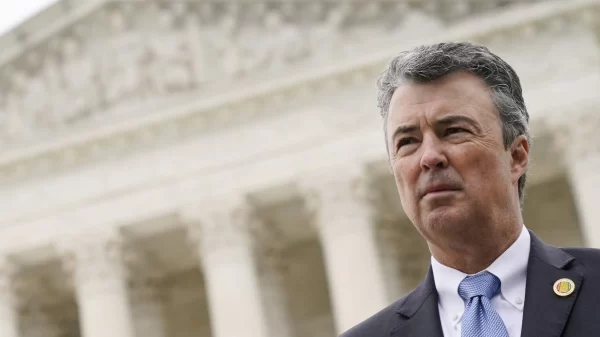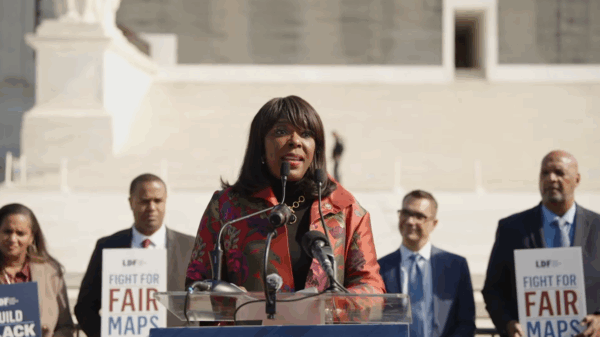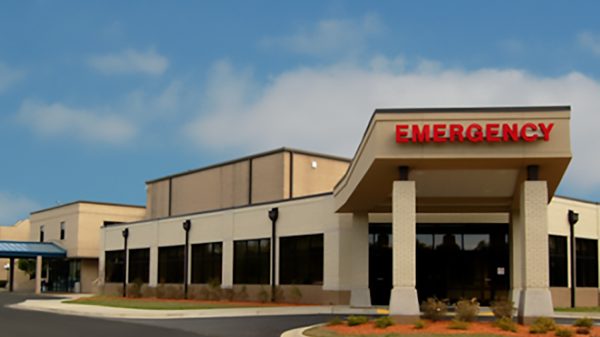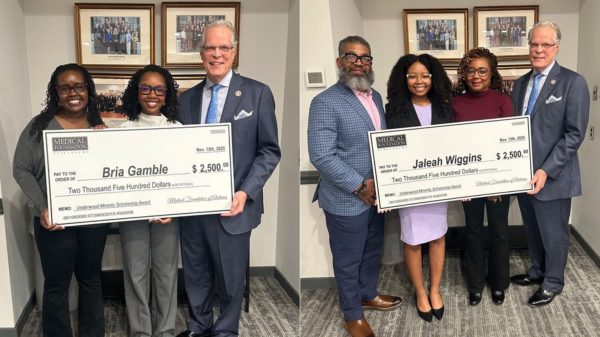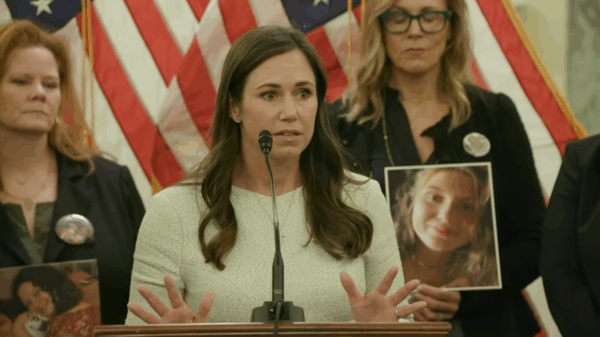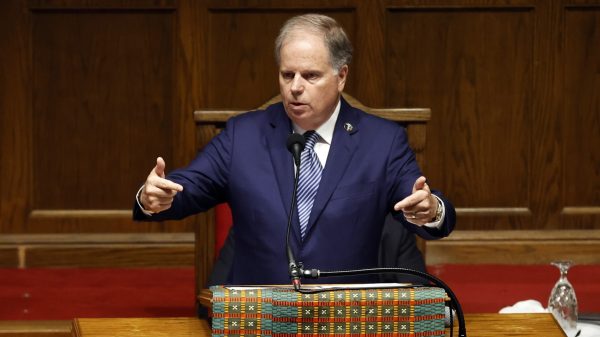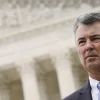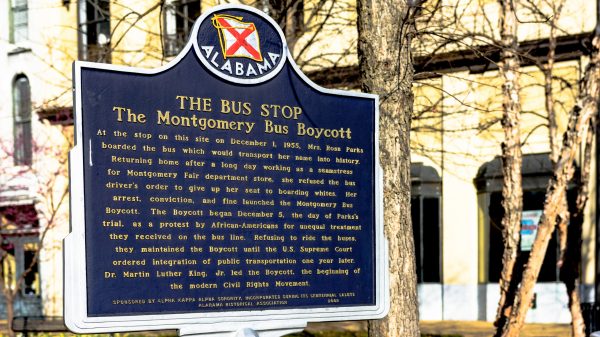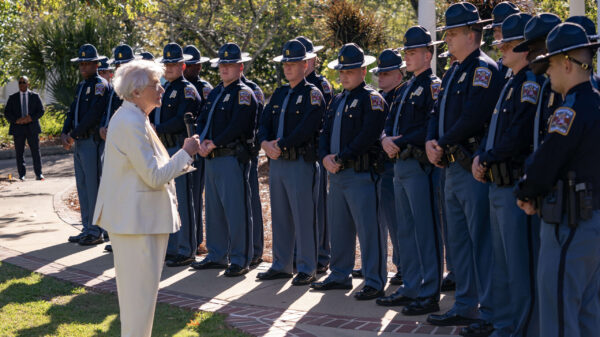Some 7,283 cases of the coronavirus have been reported in Alabama since June 1, or about 29 percent of the state’s total confirmed case count, and while many of those who’ve tested positive may not be sick enough to be hospitalized, a doctor treating the sickest COVID-19 patients in Montgomery says he’s not sure how much more he and his colleagues can handle.
“Our seven-man group cannot handle much more at all,” said Dr. David Thrasher, the head of pulmonology at Jackson Hospital.
Thrasher and his six partners at Montgomery Pulmonary Consultants handle nearly every critically ill COVID-19 patient in the River Region who requires a ventilator or treatment in an ICU. That’s on top of their normal caseload of patients requiring critical pulmonary care.
“We’re twice our capacity, okay?” Thrasher said. “We’re working very, very long hours. Emotionally, it’s very, very stressful on everyone. We will do what it takes. We’re not going to give up. But there is a limit to what the human body can do.”
In an interview, Thrasher essentially begged the public to take the virus seriously and wear a mask when in public. And to not go out if you don’t have to.
“I’m a conservative guy,” Thrasher said. “I don’t like the government telling me what to do. But this is the only way we can control this until we have a vaccine. It needs to be done universally.”
Over the past week, as Alabama confirmed at least 5,000 cases of COVID-19, Montgomery reported about 15 percent of the state’s cases.
At least 68 people have died in Montgomery County — at least 28 of them in the past two weeks. Neighboring Butler and Lowndes counties have the second- and third-highest per capita number of deaths in the state.
[For this data and more, check our COVID-19 data and mapping dashboard.]
“It’s bad,” Thrasher said. “The hospitals are darn near at capacity. We’ve got a lot of patients. It’s just steadily gone up the last week. The number of cases. People on ventilators. It’s bad. Unfortunately, it’s going to continue to get worse, I’m afraid.”
{{CODE1}}
At least 737 people have tested positive for COVID-19 in Montgomery County in the last seven days — the most of any county in the state. The percentage of tests that are positive in Montgomery County over the past week, on average, has been nearly 27 percent. Sunday saw the largest daily increase in new cases in Montgomery County.
{{CODE2}}
Despite having a much smaller population than Jefferson County or Mobile County, which until now had the highest numbers of COVID-19 cases, Montgomery County now has the most cases of any county in Alabama. At least 2,791 people have tested positive since March.
What is most concerning about Montgomery, experts say, is how few of the cases have been linked through contact tracing to any particular facility, work place or business. Few of the cases in Montgomery have been in nursing homes or long-term care facilities.
State health officials say most of the transmission in Montgomery has not been epidemiologically linked, meaning most new infections are through community transmission as people go about their day-to-day lives and come into contact with someone who is infected.
“This is a bit like a forest fire, where if you have an isolated area, you can have the firefighters surround and isolate it off so it doesn’t spread any further,” said Dr. Michael Saag, a renowned infectious diseases expert at UAB. “When it’s very widespread, it’s an uncontrolled fire that we are really trying desperately to bring under control.”
It’s much easier to control isolated outbreaks through contact tracing and isolated quarantines. When new cases arise through community transmission, spread is much harder to contain.
Hospitals in Montgomery serve not just the state’s capital city and the county, but much of Central Alabama’s River and Black Belt regions. Neighboring Lowndes, Butler and Bullock counties have the high per capita rates of infection in Alabama.
{{CODE3}}
While hospitals in Montgomery say they have more capacity to handle and treat more coronavirus patients, their capacity is already stretched.
The biggest hospitals in Montgomery — Baptist health and Jackson Hospital — have faced ICU bed shortages for weeks, and have managed, but how much more of a surge they can handle is a concern.
“I wish you could have a picture of these ICUs,” Thrasher said. “It’s like nothing I have ever seen. Normally, I cut up. I’m a funny guy. I keep everyone laughing. But these ICUs are like death chambers.”
Thrasher said he is increasingly concerned that nurses, doctors and respiratory therapists will face post-traumatic stress disorder. “It’s going to be bad,” he said. Dozens of health care workers have also tested positive. Statewide, nearly 3,000 have tested positive.
“It’s space,” Saag said. “Do we have enough room at the inn? But it’s also, at some point, going to be personnel burn out — the ability to keep pace with just the number of very sick people.”
Critically ill patients who otherwise would be treated in ICUs have been regularly placed in emergency room beds. While treating some patients in ERs instead of formal ICUs is not uncommon during bad flu seasons, the number of patients requiring ICU care and ventilators is unprecedented for the summer months.
“At one of the hospitals, three of their five ICUs are totally consumed with COVID patients on ventilators,” Thrasher said. “If you’re not on a ventilator, we put you on a COVID floor.”
The other ICUs, though, are not empty. People are still having other medical complications and accidents that require intensive care treatment.
“When I left, we had several of the COVID patients in the emergency room on ventilators, and two Saturdays ago, we had 30 patients in the emergency room waiting for COVID beds at one of the hospitals,” Thrasher said.
While the rise in cases and hospitalizations over the past two weeks has been particularly pronounced in and around Montgomery County, statewide, numbers are also on the rise. On Sunday, Alabama reported more than a thousand cases of the virus in a single day for the first time.
While testing has increased, so has the percentage of tests that are positive. By Sunday, the percentage of tests that are positive reached 13 percent for the first time since mid-April — a concerning sign that the state is not performing enough testing and that the virus is still spreading through community transmission.
“We’re in trouble,” Saag said. “It’s growing almost exponentially. It should be sounding alarms all the way from the city governments to the state.”
Tuscaloosa County, Mobile County, counties throughout the state’s Black Belt and in North Alabama are seeing rising case counties.
{{CODE4}}
Madison County, home to Huntsville, which until this point had been spared from large case increases, is beginning to see rising daily case counts.
{{CODE5}}
Fueled by outbreaks at several skilled nursing facilities and a state psychiatric hospital, Tuscaloosa County is also seeing a continuing surge of cases. But Tuscaloosa Mayor Walt Maddox said new cases recently have not just been limited to the most at-risk groups.
“We are beginning to see increased numbers of 18 to 23 [year-olds] contracting the virus,” he said on Twitter. “Please continue to exercise caution & common sense.”
{{CODE6}}
Hospitalizations statewide remain at record-high levels, according to the department of health. At least 647 people were in hospitals with a positive case of COVID-19 on Thursday, the highest total to date.
Fewer hospitals report hospitalizations on Fridays and weekends, so the numbers are less reliable, but the total Friday was still at least 622.
{{CODE7}}
Since reopening on April 30, the average daily increase in confirmed cases has risen 309 percent from 177 cases per day on April 30 to 724 cases per day by Sunday. Average tests per day, by contrast, have increased only 7 percent.
{{CODE8}}
Earlier this week, the Alabama Department of Public Health issued a statement calling on Alabamians to heed advice from public health officials who say everyone should wear a face covering in public.
“COVID-19 spreads quickly, and your actions affect others. More than ever since the pandemic began, we need people to social distance, wear face coverings in public, and practice good respiratory hygiene,” State Health Officer Dr. Scott Harris said in a statement.
The Department of Public Health said some increases in cases have been connected to outbreaks as a result of large gatherings that occurred during the Memorial Holiday, and at other times.
“With ongoing community transmission, it is safer to be at home,” the department said in a statement.
But so far, no statewide requirement to wear a face covering has been put in place.
Thrasher said when he’s at the gas station or at a restaurant, he sees very few people wearing masks.
“It seems like nobody is doing the right thing,” Thrasher said. “Everybody is looking at me like I’m a freak in my mask. This epidemic is going to go on for a long time.”
On the ground, the doctors said they have been disillusioned and somewhat angry about how often they see people not wearing masks while out in public.
“I think it’s going to be one of those things where we’re going to see a fair amount of suffering before people wake up to the reality,” Saag said. “I’m concerned because it’s the combination of the number of cases, the rise in hospitalized cases and the relative lack of concern in the general population — at least from what I can see. And that doesn’t add up well to a happy outcome.”
So far, 768 Alabamians have died from COVID-19, according to the Alabama Department of Public Health. Nearly 2,300 have been hospitalized since March.
“I’m afraid that by the time the numbers get to a point where it’s becoming almost catastrophic, it might be the time when people change, but in some ways it’s too late,” Saag said. “Because whatever change we make for the better, we won’t see the effect on numbers for two to three weeks after that.”


